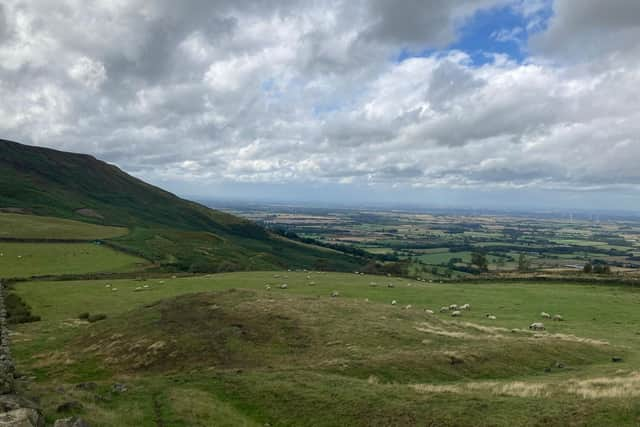North York Moors National Park bosses suggest satellites as best solution to improve mobile coverage
and live on Freeview channel 276
The North York Moors National Park Authority’s planning committee rejected Three’s plan for a 20m lattice mast at Commondale and Virgin Media’s proposed 17.5m and 25m masts beside the Cleveland Way at Ingleby Greenhow and at Lockton after hearing it remained unclear how many people the developments would benefit.
Members agreed while increasing coverage was a priority for the park’s communities and visitors, it could not come at any cost to the environment.
Advertisement
Hide AdAdvertisement
Hide AdThe decisions follow the Yorkshire Dales National Park Authority’s refusal of a mast close to Ribblehead viaduct being upheld at appeal over the impact it would have on the landscape.


Ahead of the meeting some parish councils had voiced support for the schemes, put forward as part of the Government-backed Shared Rural Network to increase choice in rural areas, and members heard there was either patchy or no coverage in some parts of the national park.
A spokeswoman for the operators told the meeting the public benefits of the proposals to site the masts on some of the national park’s highest points would be extensive as they would cover vast rural areas, both inside and outside of the protected area, as well as across 25km of roads in the area.
She added the increasing coverage would prove a huge boost to the local economy while increasing safety for visitors walking in remote areas of the park.
Advertisement
Hide AdAdvertisement
Hide AdThe spokeswoman said the operators had sought to reduce environmental impact and any impact to heritage, but had limited options as to where the masts could provide continuous coverage as a network.
The meeting heard the park authority’s officers had spent six months trying to negotiate more suitable sites as they included designated special areas of protection, and the masts or access tracks to them could impact on species such as curlew, merlin and lapwing.
Members refused the proposals on grounds of strong policy conflict, landscape harm and in two cases as the developments would have been unlawful over the potential loss of sensitive habitats.